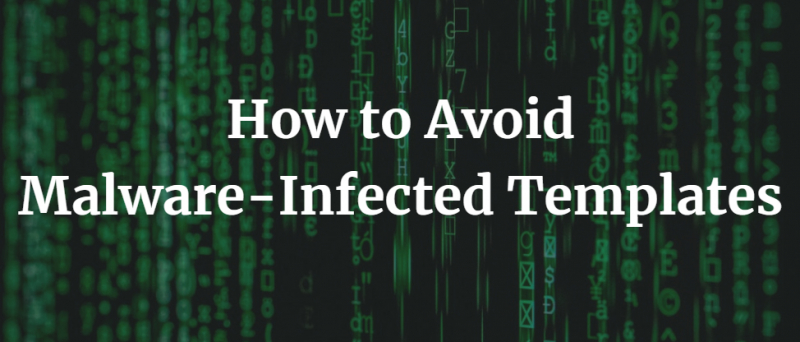There’s no doubt about it. The internet has been an extremely practical invention for mankind. It has made it possible to easily access and communicate information with people from around the world.

However, this cyberspace can be dangerous if you’re not careful. In fact, the internet is littered with malicious software and bugs that can cause harm to your computer or leave your personal information vulnerable to cybercriminals.
That being said, the biggest security risk when accessing the internet is usually the user themselves. Keeping reading to learn more about protecting yourself online.
Always Use Caution
Because internet users are in control of their how they access the internet, it’s vital to make sure to use caution at all times. This involves having antivirus software and firewalls installed on your computer and devices to prevent you from falling victim to a cyber-attack.
It’s actually extremely easy to catch some sort of malware from the internet. However, it can also be avoided by using a little bit of common sense.
In the following article, we’re going to look at a few ways that web developers can avoid malware-infected templates. Afterwards, we’ll explain what is malware, as well as the most common types found in infected web templates.
Only Use Trusted Sources
When looking for website templates, it’s easy to find dozens of websites offering both free and paid versions. However, even though many of these websites may appear to be legit, it’s impossible to know who really owns and runs them.
With that said, it’s important to avoid downloading or purchasing any templates from websites that you’re not familiar with, especially if you’re planning on purchasing a paid template.
Pay Attention to Installation
Often, software or template packages will include optional features such as toolbars or browser extensions. Therefore, be vigilant about what you agree to download or install.
If you’re installing the templates directly to your computer, it’s best to opt for a custom installation and de-select any files that you’re not familiar with, especially if there’s any optional software that you never wanted anyway.
With that said, never install any software templates or packages that you’re leery about. If your gut instinct is telling you that something looks suspicious, then it probably is.
Only Open Downloads and Links You Trust
Just like using trusted sources, it’s vital to never open anything that you don’t trust. Also, be leery about using peer-to-peer downloads, since you never really know what is in a file before opening it. And, if you do open an infected file, by the time you realize it, it will already be too late.
Below, we’re going to take a look at the most common types of malware found in website templates.
The Most Common Malware Types in Templates
Malware is a combination of the terms malicious and software. Essentially, it’s software which can be used to steal data, compromise CPU functions, bypass access points, or simply cause damage to the affected computer.
Malware is actually a broad term used in reference to a wide variety of malicious software types. Let’s take a look at the most common types found in templates.
Bots
Bots are simply software programs that are designed to perform specific actions by emulating human behaviour. Most bots are designed to be relatively harmless, however, it’s becoming more and more common to see bots being used for malicious purposes.
Adware
Adware, or advertising software, is another common type of malware, which automatically delivers advertisement on the infected computer or device. Adware includes pop-up ads, which can be found on websites or displayed in computer applications.
Adware is mostly found bundled together with free templates or software packages. This is because the adware is typically sponsored by an advertiser and serves as a stream of income, even though the software itself is free to use.
Ransomware
Essentially, a ransomware attack is when the malware takes a computer system as a hostage and then, demands a ransom for its release.
Typically, ransomware will restrict users from accessing the computer by either encrypting the hard drive’s files or by completely locking down the system while displaying a message, which forces the user to pay the ransomware’s creator in order to have the restrictions taken down and computer access returned back to normal.
Viruses
Viruses are another common form of malware that is capable of copying themselves, allowing them to spread to other computers. They work by latching onto a computer program and running their codes once the user launches the infected application.
This type of malware can also be spread through ordinary documents and script files, as well as through web applications.
Just like any other type of malware, viruses are used to cause damage to the host computer and its network or to steal data and personal information from the infected computer.
Trojan Horses
Most commonly known as Trojans, a Trojan horse is a form of malware that masks itself as an ordinary file, template, or program to trick internet users into downloading and installing the malware onto their computers.
Most often, trojans are used to give remote access to the host computer. Then, once the computer can be accessed, the attacker is freely able to modify files, steal information, install additional malware, or monitor user activity through screen watching or keylogging.




